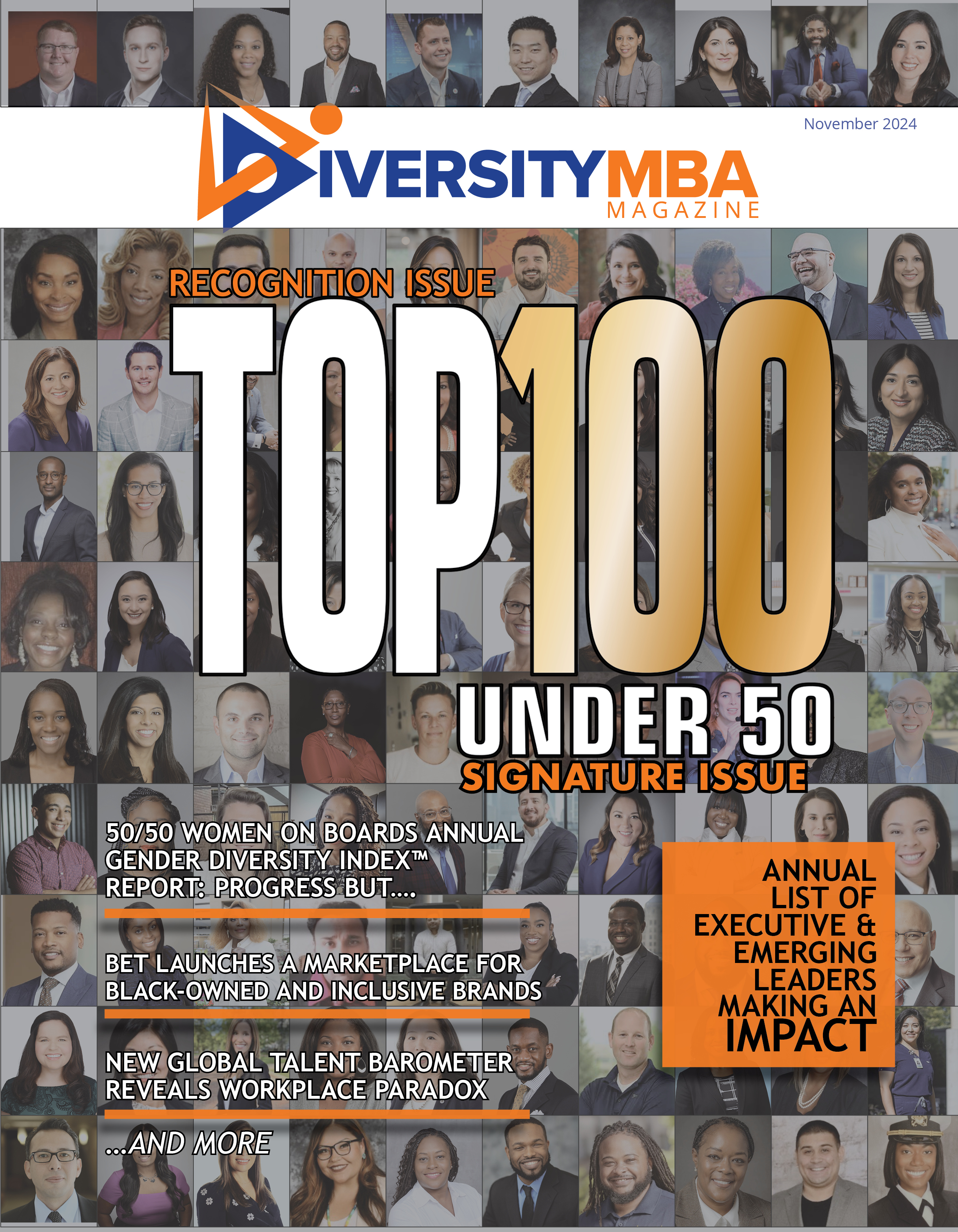To attract followers, a leader has to be many things to many people. The trick is to pull it all off while remaining true to yourself. People want to be led by someone real.
In an economy plagued by high gas prices, failing banks, unemployment, threat of foreclosure and a shrinking pool of capable knowledgeable workers, it’s more critical than ever to be audacious and authentic. Successful companies are able to do this because their leaders know they have followers. No leader can implement the corporate vision without a contingent of highly motivated employees committed to following the vision and bringing it to fruition. John Maxwell got it right when he said, “If you’re leading, and you look behind you and nobody’s following, you’re just going for a walk.” But people choose who they want to follow, and if you’re inauthentic, chances are it won’t be you.
Authenticity in the Workplace
What are the driving forces that compel someone to become a leader? The question has been the impetus for many articles, books, and presentations. The answer can typically be found in results-driven companies with authentic leaders. Jack Welch embodied it; as chairman of General Electric, his followers were a cult of personality where everyone wanted to “be like Jack.”
On the other hand, a study by Harvard Business Review (HBR) noted, “Leadership has many voices. You need to be who you are, not try to emulate somebody else.” HBR talked to people ranging in age from 23 to 93 with no fewer than 15 per decade. They were chosen based on their reputations for effective leaders. Analysis revealed that their leadership emerged from their life stories. While many leaders are reluctant to share their roots with followers, those roots are often the source of their authenticity. The lessons learned on the way to leadership shape a leader’s effectiveness.
Finding Your Authentic Self
Many leaders find strength through transformative experiences. Striving to achieve success through easily recognized tangibles such as money, fame, power, status, or a rising stock price is often the starting point. Empirical data reveals that as leaders age, they may find something’s missing in their lives and realize they want more.
Without moving from extrinsic to intrinsic motivations and shifting to being authentic, leaders lose their followers. David Pottruck, former CEO of Charles Schwab, made that change after his journey to self-awareness. Upon completion of his MBA and a stint with Citigroup, he joined Schwab as head of marketing. His commitment to long hours soon had him pushing for aggressive results. In an interview, he said, “I thought my accomplishments would speak for themselves. It never occurred to me that my level of energy would intimidate and offend other people, because in my mind I was trying to help the company.” He was shocked when his boss told him “Dave, your colleagues don’t trust you.” It made him realize that to succeed, he needed to overcome his blind spots.
Your Values And Principles
Your values form the core of your leadership and are derived from your convictions and beliefs. Many find it hard to define what their values are. They can recite the company’s values, but if you ask them about their personal values, they’re often at a loss for words.
Since authentic leadership is values transformed into action, understanding yours is crucial. For example, a value such as empowering others can be translated into the leadership principle of “Create a work environment where people are encouraged to take action on their ideas and allowed to reach their potential.” A great example of this occurred when Starbucks CEO Howard Schultz found out that an employee had taken it upon himself to create the Frappuccino. “When I tried it, I didn’t like it, but the people did, so we tested it in the marketplace,” Shultz said. Within a short time, Starbucks realized more than $100 million from Frappuccino sales.
Consider what happens in your company when values and actions collide. In some companies leaders approach employees who empower themselves with anger – “Who gave you permission to do that?” “Be sure you ask me next time.” When this happens, employees shut down, innovation and potential revenue streams dry up and the best people leave because of the leader’s behavior. Today’s highly connected younger generation notifies their network of the company’s behavior and the brightest and the best stay away in droves.
Use Your History to Motivate
A key to success is allowing people to say what they really believe without fear of reprisal, judgment, or criticism. This is only achieved when leaders take time to find common ground with their people. As leaders rise through the ranks to the senior level, they often seem unapproachable to their teams. But they can reach out and connect by using their personal histories to establish common ground with followers.
Authentic leaders use their personal history to establish rapport with their people. It helps create a bond whereby they experience the leader’s authenticity and are motivated to help achieve the corporate vision. In his book Pour Your Heart Into It: How Starbucks Built A Company One Cup At A Time, Schultz candidly shares his background and history.
Ralph Shrader, chairman/CEO of Booz Allen Hamilton, openly shares his background in a 2001 article titled “Ralph Shrader, Oral History.” In it, he talks about his humble beginnings, his journey to leadership through education and the ability to rapidly recognize opportunity. Leaders who dismantle the myth of who they are remain close to their people and attract followers who feel connected and believe their ideas will be heard.
Authenticity, Not Style
Bill George, former chairman/CEO of Medtronic, once said, “Employees today are seeking meaning in their work. Real value can only be created by the hard work of dedicated, motivated employees that develop innovative products and services, establish intimate customer relationships, and build organizations over an extended period of time. This is precisely the approach we used at Medtronic that led to a 150-times increase in shareholder value over the last 18 years.”
In the HBR article “What Leaders Really Do”, writer John P. Kotter shares the success story of Bob Crandall at Eastman Kodak Corp. Once a month, Crandall and everyone who reported to him met with 80 to 100 people from a specific area of the organization to discuss anything they wanted. The objective was to align people, and the goal was to involve all 1,500 employees in at least one focused business meeting each year. Positive results appeared within six months. Over a three-year period, costs on one product line went down by nearly 24% and deliveries on schedule increased from 82% to 95%. Two years later, inventory levels dropped by over 50%, even though the volume on products was increasing and productivity measured in units per employee more than doubled.
Your Unique Style
Authentic leaders demonstrate a passion for their purpose, practice their values consistently, and lead with their hearts as well as their heads. They establish long-term meaningful relationships, and have the self-discipline to get results. They know who they are. No one can be authentic by trying to imitate someone else. You can learn from others’ experiences, but there’s no way you can be successful by trying to be like them. People trust you when you’re genuine, not a replica of someone else.
The journey to authentic leadership begins with understanding the story of your life. It provides the context for your experiences, and through that, you can find the inspiration to make an impact. Authentic leaders not only inspire those around them, but empower them to step up and lead. Become authentic by developing your own leadership style consistent with your own personality and character. Avoid the pressure to adhere to the normative style of the corporation. Simply conforming may not be consistent with who you are, and as a result, you’ll never become an authentic leader.
Yvonne F. Brown is president of JAD Communications. She helps people improve personal communications and relationships, manage change and expectations, develop interpersonal skills, and practice respectful communications to become more productive and contribute more to the bottom line. Readers may take advantage of her free new Authentic Leadership e-zine of monthly tips for managing smarter. Register at www.yvonnefbrown.com or by email Yvonne@yvonnefbrown.com








